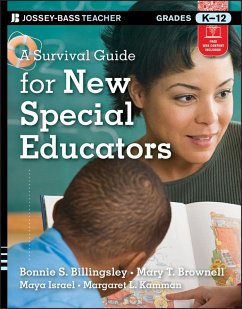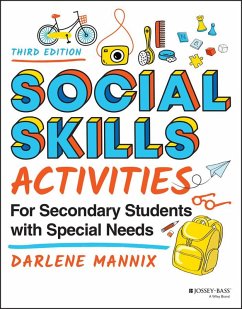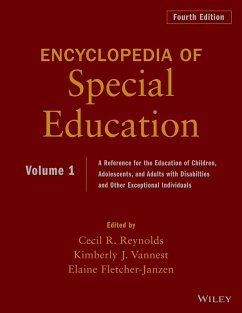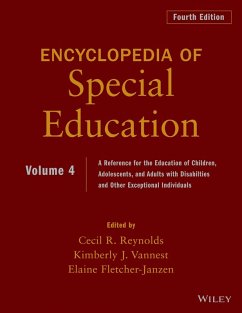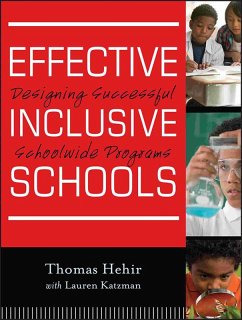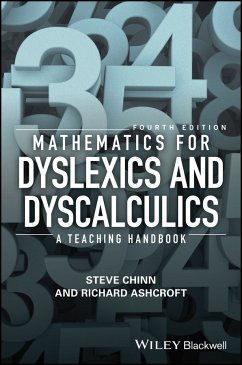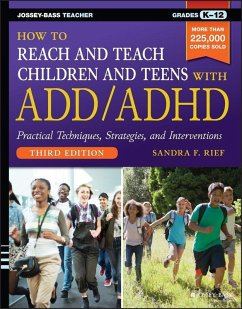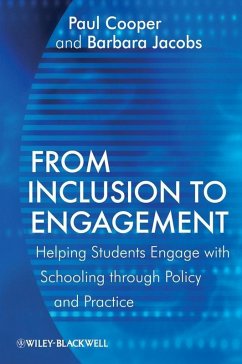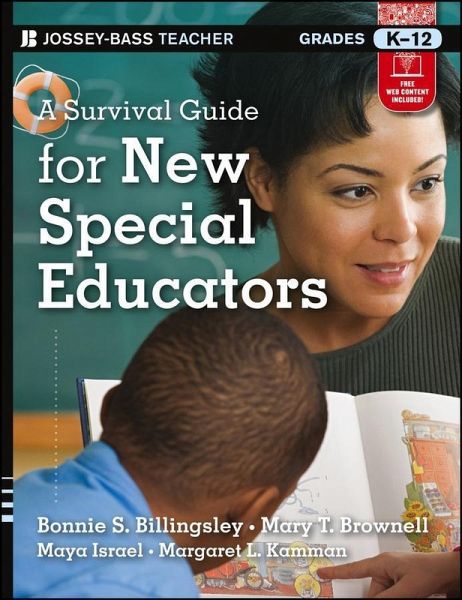
A Survival Guide for New Special Educators (eBook, ePUB)

PAYBACK Punkte
0 °P sammeln!
What every special education teacher needs to know to survive and thrive A Survival Guide for New Special Educators provides relevant, practical information for new special education teachers across a broad range of topic areas. Drawing on the latest research on special educator effectiveness and retention, this comprehensive, go-to resource addresses the most pressing needs of novice instructors, resource teachers, and inclusion specialists. * Offers research-based, classroom-tested strategies for working with a variety of special needs students * Covers everything from preparing for the new ...
What every special education teacher needs to know to survive and thrive A Survival Guide for New Special Educators provides relevant, practical information for new special education teachers across a broad range of topic areas. Drawing on the latest research on special educator effectiveness and retention, this comprehensive, go-to resource addresses the most pressing needs of novice instructors, resource teachers, and inclusion specialists. * Offers research-based, classroom-tested strategies for working with a variety of special needs students * Covers everything from preparing for the new school year to behavior management, customizing curriculum, creating effective IEPs, and more * Billingsley and Brownell are noted experts in special educator training and support This highly practical book is filled with checklists, forms, and tools that special educators can use every day to help ensure that all special needs students get the rich, rewarding education they deserve.
Dieser Download kann aus rechtlichen Gründen nur mit Rechnungsadresse in A, B, BG, CY, CZ, D, DK, EW, E, FIN, F, GR, HR, H, IRL, I, LT, L, LR, M, NL, PL, P, R, S, SLO, SK ausgeliefert werden.



